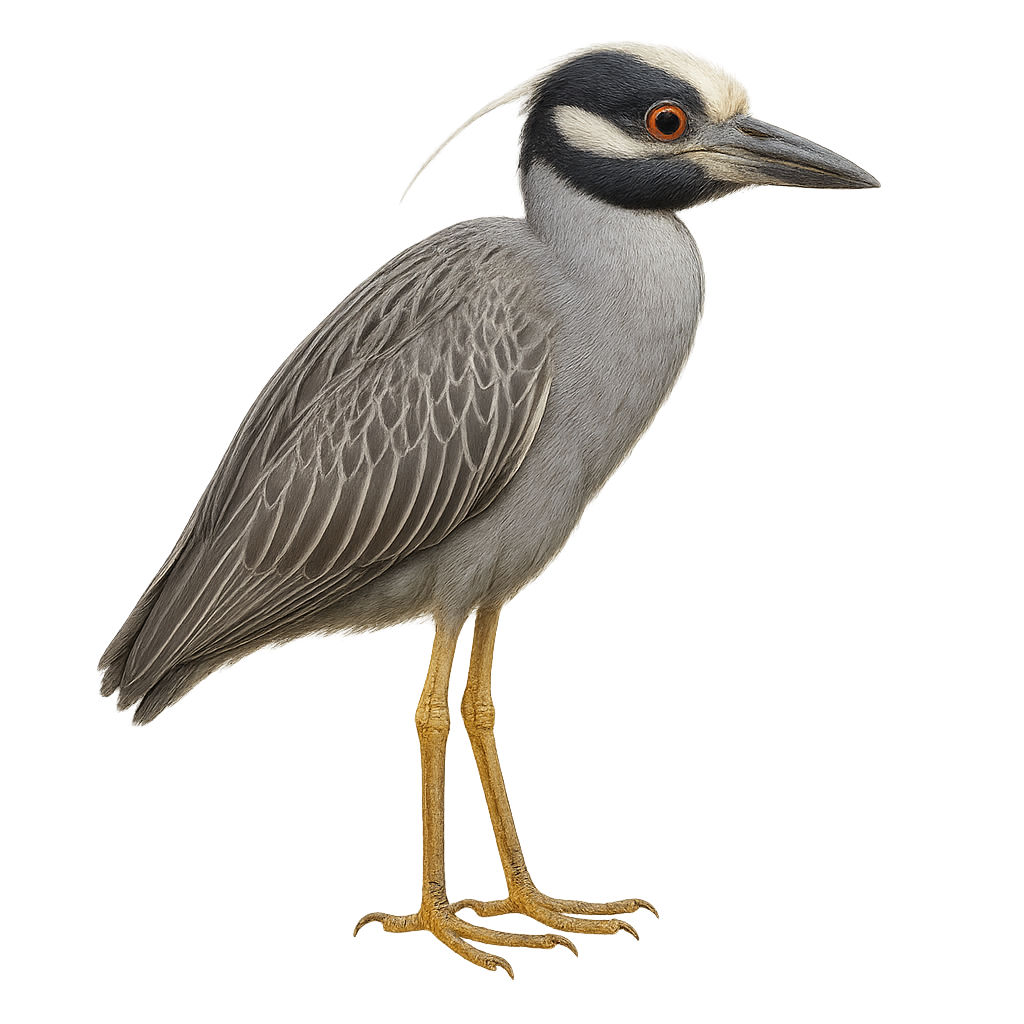Your wildlife photography guide.
Explore the yellow-crowned night heron in detail, study its behavior, prepare your shots.
Where to observe and photograph the yellow-crowned night heron in the wild
Learn where and when to spot the yellow-crowned night heron in the wild, how to identify the species based on distinctive features, and what natural environments it inhabits. The WildlifePhotographer app offers tailored photography tips that reflect the yellow-crowned night heron’s behavior, helping you capture better wildlife images. Explore the full species profile for key information including description, habitat, active periods, and approach techniques.
Yellow-crowned Night Heron
Scientific name: Nyctanassa violacea

IUCN Status: Least Concern
Family: ARDEIDAE
Group: Birds
Sensitivity to human approach: Suspicious
Minimum approach distance: 10 m
Courtship display: April to June
Incubation: 21-24 jours
Hatchings: April to July
Habitat:
Mangroves, coastal marshes, wetlands
Activity period :
Mainly active at night, generally discreet during the day.
Identification and description:
The Yellow-crowned Night Heron, Nyctanassa violacea, is a medium-sized bird in the heron family. It is easily identified by its striking yellow crown and bluish-gray plumage. This bird is primarily found in wetlands, mangroves, and coastal marshes from the southern United States to northern South America. It feeds mainly on crustaceans, particularly crabs, which it skillfully hunts with its strong bill. The Yellow-crowned Night Heron is a crepuscular and nocturnal bird, often seen alone or in small groups. Although relatively tolerant of human presence, it prefers quiet habitats for breeding.
Recommended lens:
400mm – adjust based on distance, desired framing (portrait or habitat), and approach conditions.
Photography tips:
To photograph the Yellow-crowned Night Heron, it is advisable to use a telephoto lens of at least 400mm to capture detailed images without disturbing the bird. Look for it in mangroves and coastal marshes, especially at dusk or night when the bird is most active. Be patient and discreet, as it can fly away if you get too close, despite being relatively tolerant. Use a tripod for stable shots in low-light conditions.
The WildlifePhotographer App is coming soon!
Be the first to explore the best nature spots, track rutting seasons, log your observations, and observe more wildlife.
Already 1 432 wildlife lovers subscribed worldwide

